John* (*name changed to preserve privacy) fell while at work and suffered a fifth cervical vertebrae (C5) compression fracture and was diagnosed with incomplete quadriplegia. Spinal nerves carry messages to the muscles for movement and each of the muscles in our body has a corresponding nerve innervation at the level of the spinal cord. When this pathway is disrupted in spinal cord injury, the muscles that receive their signals from below the level of injury can’t receive the signal to move, preventing the muscle from firing. In incomplete spinal cord injury, not all of the nerve fibers have been severed and the person has the potential for regaining motor function (each person in his specific circumstances to an individual degree).
When John was referred to me for occupational therapy he demonstrated emerging movement in both upper extremities. John was able to demonstrate movement at the elbow, wrist and some movement in the fingers. John was experiencing movement below his level of injury (finger and thumb movement is at the eighth cervical level, C8 to the first thoracic level, T1). Although John could flex his fingers in making a fist, and extend his fingers to open his hand, he could not grasp objects functionally because he could not integrate his thumb into his grasp (think about picking up a cup to take a drink!). John wanted to be able to use his cell phone, drink from a cup, get himself dressed, golf, return to work and everything that was important to him in his life.
Every time that John would try to grasp using the full function of his hand, he would move his thumb slightly and then his thumb would stick tight to his palm as the rest of his arm would lock up, co-contracting every muscle in his arm at the same time in full effort. John’s body was trying to compensate for what he was unable to do with the use of other muscles. In one session we were able to make changes through attention to sensation and this is how we did it:
John closed his eyes. I asked him to focus 100% of his attention on the sensation of his hand supported on the table. I had him move the thumb, just in the very small range he had before the aggressive co-contraction of the rest of his arm and FEEL it! We did this a few times and each time when he would start to move into the range where co-contraction occurred, STOP! He felt the sensation of the movement without the co-contractions and then he felt the sensation with the co-contractions. He could then differentiate the two very different attempts to move the thumb. Finally, I had him coordinate his movement with his breath: inhale the thumb out and exhale, grasp. Through ruthless attention on the sensation that each movement created, and calming, reorganizing the nervous system with breath, John was able to move his thumb through the full range necessary to grasp and release.
If you want to make change in the body, especially after neurological injury, take the time to concentrate on your sensations and use that knowledge to create change. Focusing mental attention stimulates neurons to produce strong connections between them. New or stronger neural connections rapidly respond. In addition, pranayama or deep breathing (diaphragmatic or “belly” breathing) can help set the stage for producing neuronal connections by calming and organizing the nervous system. So check it out in your own experience: Can you create change through attention to sensation?
